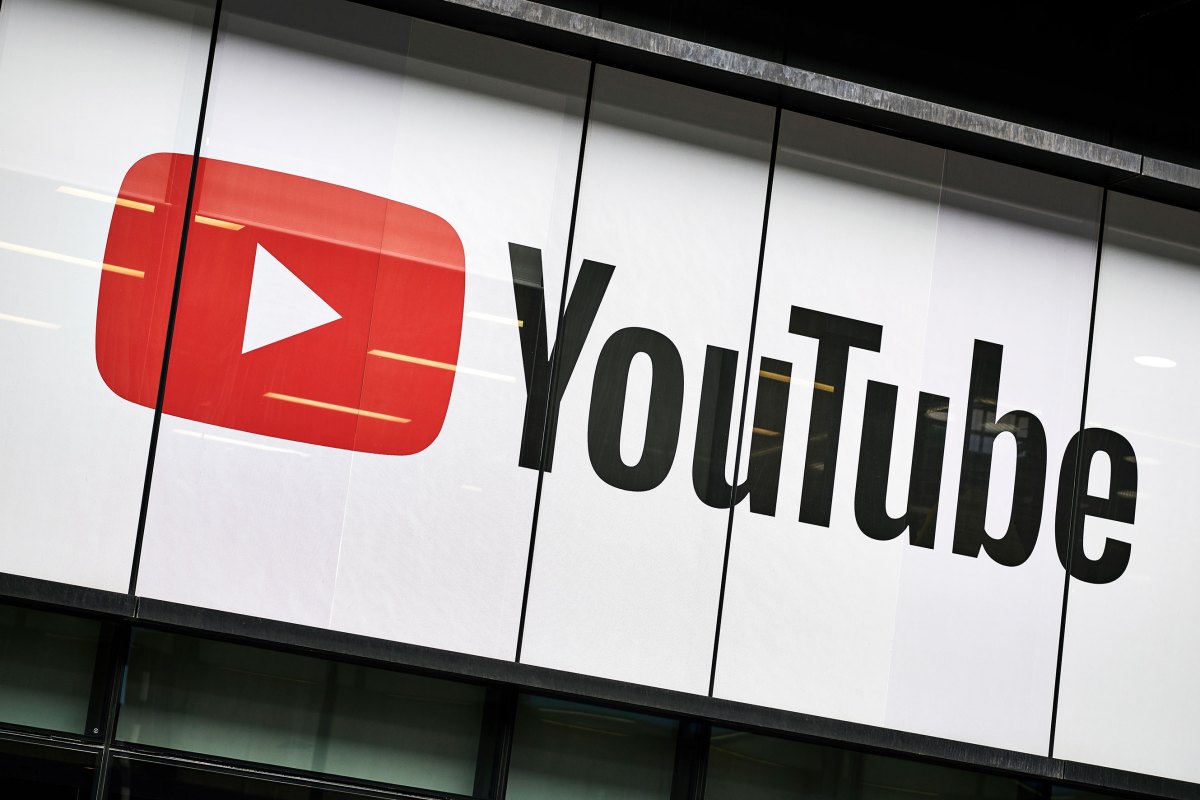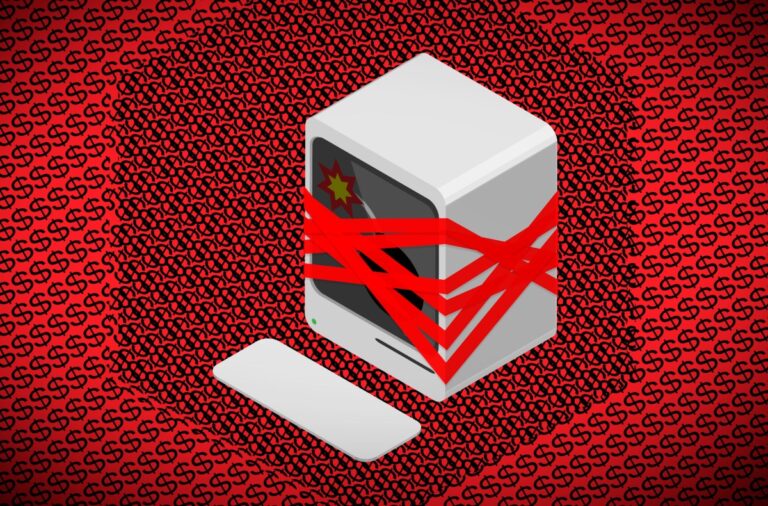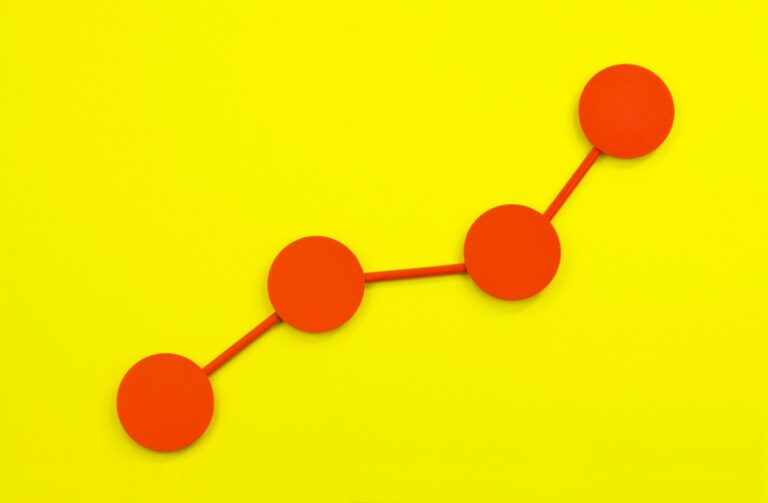YouTube Enhances Viewer Experience by Reducing Interruptive Ad Slots
YouTube has announced exciting changes to its mid-roll ads, aimed at enhancing the user experience while providing creators with opportunities for increased revenue. Starting May 12, the platform will implement a strategy to show fewer interruptive ads, ensuring viewers remain engaged throughout their videos.
Changes to Mid-Roll Ads on YouTube
With its recent update, YouTube is focusing on improving how ads are displayed during videos. Here’s what you need to know:
- Fewer Interruptive Ads: Ads will no longer appear during critical moments, such as the middle of a sentence or action sequence.
- Natural Break Points: More mid-roll ads will be displayed at natural transitions, such as pauses, enhancing the viewing experience.
Automatic Updates for Older Videos
YouTube will automatically update videos uploaded before February 24 to include ad slots at these natural break points. Creators can choose to opt-out of this feature via YouTube Studio if they prefer manual ad management. However, it’s important to note that videos with interruptive ad placements may generate lower revenue after the changes take effect.
New Features for Creators
To further assist creators, YouTube is introducing a new feature that will help identify optimal moments for mid-roll ads. By examining ad placements, creators can determine whether their ads are interruptive and adjust accordingly. YouTube encourages creators to:
- Consider automatic placements for a balanced ad experience.
- Review the effectiveness of mixed ad strategies to maximize revenue.
According to YouTube, creators who utilize a combination of automatic and manual mid-roll ads have seen an average revenue increase of over 5% compared to those relying solely on manual placements.
Benefits of the New Ad Strategy
YouTube aims to keep viewers engaged longer by reducing disruptive ads. The platform emphasizes that creators maintain control over their ad placements while benefiting from enhanced insights and options.
For more information on YouTube’s advertising policies, visit their official support page.
These changes reflect YouTube’s commitment to improving the overall experience for both viewers and creators, fostering a healthier ecosystem for content creation and consumption.







